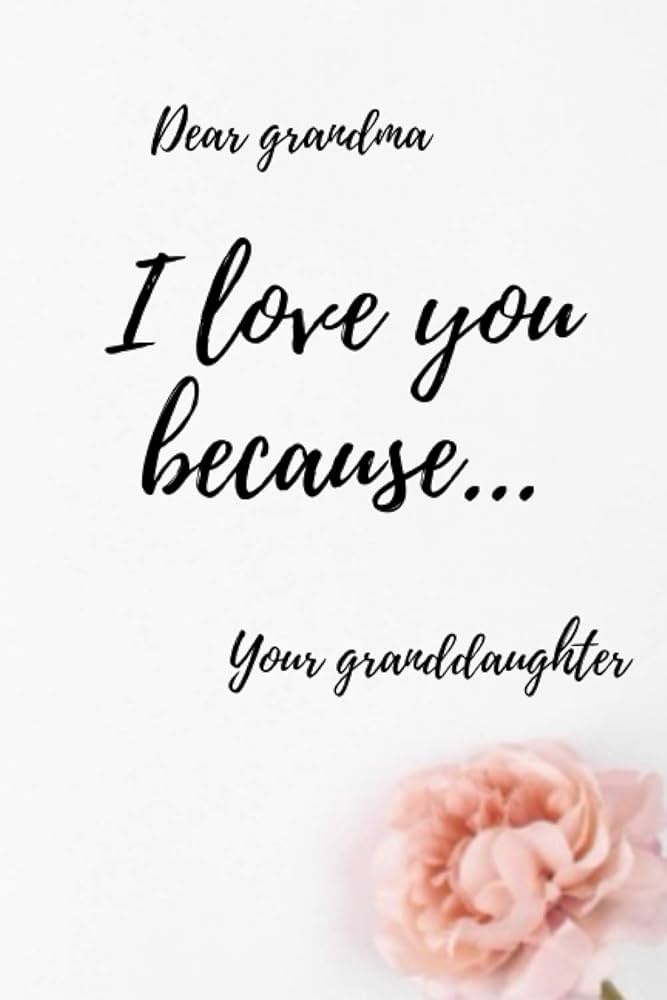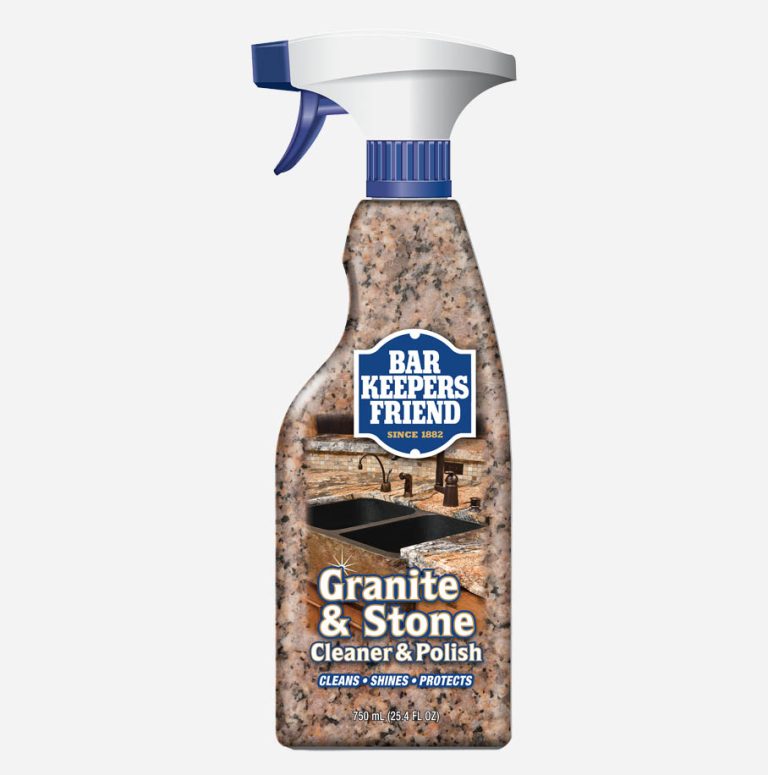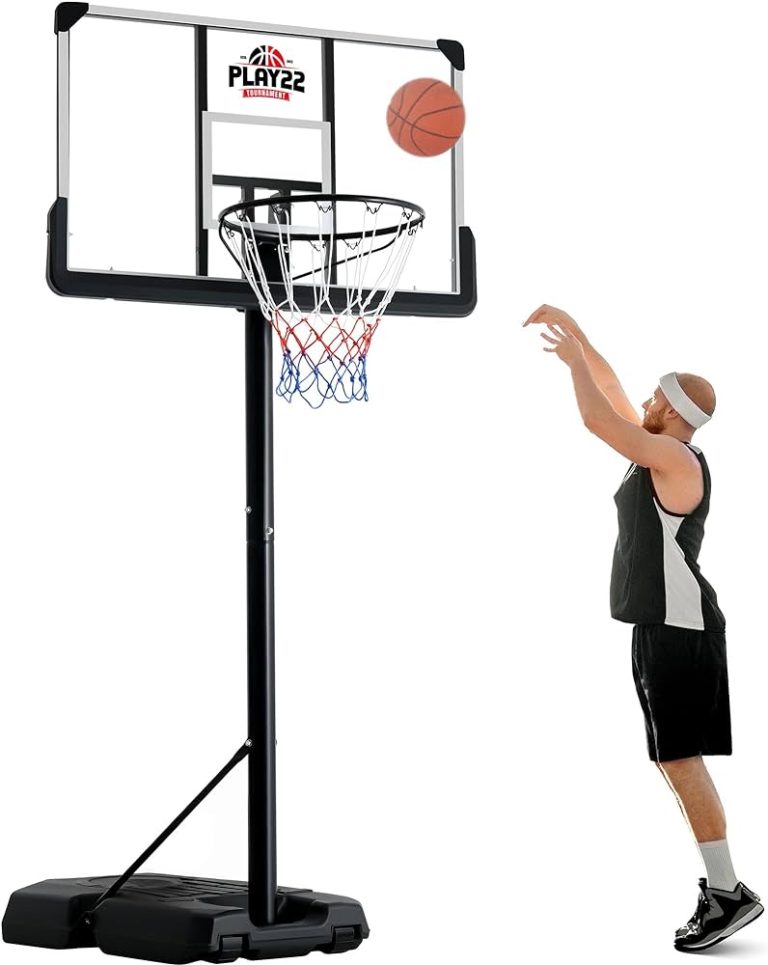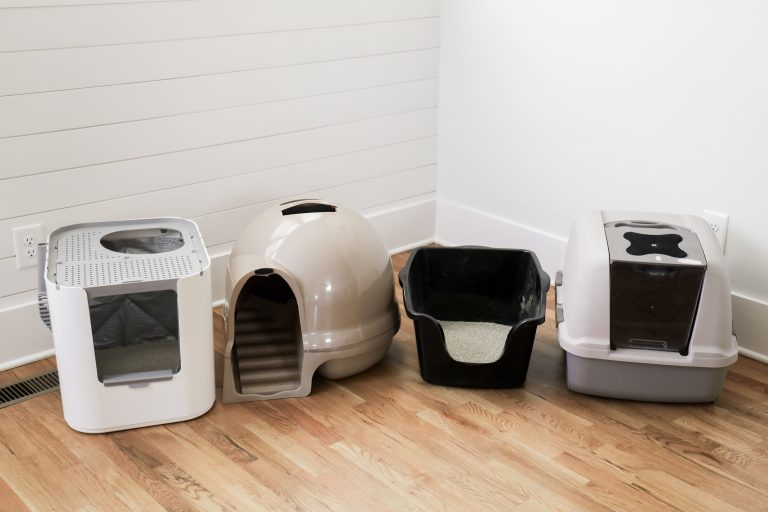9 Best Ways to Potty Train a Puppy: Expert Tips for Quick Success
Welcoming a new puppy into your home is an exciting adventure, but it comes with its own set of challenges. One of the first hurdles you’ll face is potty training. It’s crucial to establish good habits early on to ensure your furry friend grows into a well-behaved adult dog.
Choose the Right Time to Start
Timing is crucial when it comes to potty training your puppy. Starting at the right moment can make the process smoother for both you and your furry friend.
Recognize the Signs of Readiness
Watch for signs that your puppy is ready for potty training. Recognize behaviors like sniffing around, circling, or whining, which indicate they need to go. Puppies often do these things after eating, drinking, or waking up. Pay attention to these cues to guide them to the appropriate spot.
The Best Age to Begin Potty Training
Start potty training when your puppy is between 12 and 16 weeks old. At this age, they have enough control over their bladder and bowel movements to begin learning. Training too early might be frustrating, while waiting too long can make breaking bad habits more challenging. Always ensure your puppy is healthy and ready to start this new routine.
Establish a Regular Feeding Schedule
Creating a consistent feeding routine is crucial for successful potty training. Let’s explore the specifics.
Importance of Controlled Feeding
Regulating feeding times helps manage your puppy’s digestion. Feeding your puppy at the same times daily creates predictability. It allows you to monitor their intake and avoid overeating. Controlled feeding times also promote a healthier metabolism and stable energy levels, which support your efforts in potty training.
How Feeding Times Relate to Potty Times
Feeding times directly influence potty times. After eating, puppies usually need to relieve themselves within 15 to 30 minutes. By setting regular feeding schedules, you can predict when they’ll need to go outside. This predictability helps establish a consistent potty training routine, making accidents less likely. When mismatches occur in feeding and potty times, it complicates the training process.
Designate a Potty Area
Choosing a specific spot for your puppy’s potty breaks is crucial for consistency. Puppies thrive on routine, and a designated area will reinforce their training.
Choosing the Ideal Location
Select an easily accessible location for your puppy’s potty area. Ensure it’s close enough for quick trips but far enough to separate it from their play and sleep zones. Pick a spot that’s quiet and free from distractions, so your puppy can focus on the task. A consistent surface type, like grass or gravel, will help your puppy associate the texture with potty time.
How to Introduce Your Puppy to the Potty Area
Lead your puppy to the chosen spot each time they need to go. Use a leash to guide them directly to the area. Once there, use a consistent command like “Go potty” to signal what you want them to do. Praise and reward your puppy immediately after they go to reinforce the behavior. Make sure every potty session begins and ends in this designated area to build a strong habit.
Develop a Consistent Routine
A consistent routine is critical for effective potty training. Establishing a daily schedule helps your puppy understand what to expect, reducing accidents and facilitating better habits.
The Role of Routine in Potty Training
Routine plays a crucial role in potty training by creating predictable patterns for your puppy. Feeding, walking, and potty times should be consistent throughout the day. Regular intervals help your puppy learn control, understand designated times for bathroom breaks, and minimize confusion. Maintaining a structured routine boosts their confidence, aiding quicker adaptation to the new behavior.
Sample Potty Training Schedules
Creating a sample schedule helps ensure consistency. For example:
- Morning: Take your puppy out immediately after waking up.
- After Meals: Bring your puppy to the designated potty area 10-15 minutes after eating.
- Regular Intervals: Schedule potty breaks every 1-2 hours during the day.
- Before Bed: Always take your puppy out right before bedtime.
Below is a simple table for easy reference:
| Time of Day | Action |
|---|---|
| Morning | Take puppy out |
| After Breakfast | Potty break |
| Mid-Morning | Potty break |
| After Lunch | Potty break |
| Mid-Afternoon | Potty break |
| After Dinner | Potty break |
| Evening | Potty break |
| Before Bedtime | Final potty break |
Sticking to this schedule helps reinforce good habits, making potty training more efficient and stress-free for both you and your puppy.
Use Confident and Clear Commands
Using confident and clear commands helps your puppy understand what’s expected during potty training. Streamline commands to enhance communication and foster faster learning.
Effective Commands for Potty Training
Use specific keywords like “potty” or “outside.” Consistently using the same word or phrase will signal to your puppy what you want them to do. Say the command as soon as you reach the designated potty area. Reward your puppy immediately after they go to reinforce the behavior.
The Power of Tone and Consistency
Speak with a firm yet friendly tone. Your voice should be confident, not harsh or loud. Puppies respond better to commands that are given clearly and calmly. Maintain the same tone and volume every time you give a command to avoid confusion. Consistency in how you deliver commands ensures your puppy recognizes and responds to your instructions reliably.
Implement Reward-Based Training Techniques
Reward-based training techniques can significantly accelerate your puppy’s potty training progress. Positive reinforcement ensures your puppy associates good behavior with pleasant outcomes.
Choosing the Right Rewards
Select appealing rewards your puppy can’t resist. Most puppies love small, tasty treats, but you can also use praise, petting, or playtime. Make sure the treats are small and healthy. Experiment with different rewards to see which your puppy responds to best.
The Timing of Rewards for Effective Training
Give rewards immediately after your puppy successfully goes potty in the designated area. Timing is crucial; a delay can confuse your puppy about what they’re being rewarded for. Always carry treats with you when taking your puppy to their potty spot to ensure you reward them at the right moment.
Manage Accidents Properly
Accidents are a natural part of puppy potty training. Handle them correctly to teach your puppy better habits.
Common Puppy Potty Training Mistakes
Avoid Punishing Your Puppy
Punishing your puppy after an accident can instill fear rather than understanding. Puppies associate punishment with your presence, not their actions.
Neglecting Supervision
Lack of supervision allows puppies to have unsupervised accidents, setting back training progress. Always keep an eye on them or use a crate when you’re unavailable.
Skipping Regular Potty Breaks
Infrequent potty breaks can lead to more accidents. Schedule regular breaks, especially for young puppies, to prevent mishaps.
How to React to Accidents Positively
Stay Calm
Remain calm when accidents happen. Reacting aggressively can frighten your puppy, hindering training efforts.
Clean Thoroughly
Use an enzymatic cleaner to remove all traces of the accident. This prevents the puppy from associating the smell with the potty area.
Redirect to Potty Area
Gently guide your puppy to their designated potty area shortly after an accident. This reinforces the correct location for future bathroom breaks.
Gradually Increase Freedom Around the House
Allowing your puppy more freedom around the house is crucial once they begin grasping the basics of potty training. Start slow and ensure they’re ready for the next level.
The Stages of Increasing Freedom
Implementing staged freedom helps your puppy adjust without feeling overwhelmed. Begin with small areas. Keep the puppy confined to a puppy-proofed room or gated area where accidents are easier to manage. Gradually expand their territory as they show reliability. For instance, give access to one additional room at a time. Continue this until the puppy earns full house privileges. Always supervise initially when introducing new areas.
Monitoring Progress and Adjusting Access
Regularly assess your puppy’s progress. Notice the frequency of accidents. A decrease signifies readiness for more space. If accidents increase, scale back their freedom. Pay attention to signals like restlessness or sniffing, which indicate the need for a potty break. Using these cues, guide the puppy to the designated potty area promptly.
Track your puppy’s success using a log. Document times and locations of accidents and successes. Adjust access based on this data. Being observant and responsive ensures you’re fostering good habits and helping your puppy succeed in potty training.
Conclusion
Potty training your puppy might seem daunting at first but with the right approach it can be a rewarding experience for both you and your furry friend. By establishing a routine using consistent commands and focusing on positive reinforcement you’ll set your puppy up for success. Remember to be patient and persistent as every puppy learns at their own pace. With these strategies in place you’ll be well on your way to a well-trained and happy puppy. Happy training!






